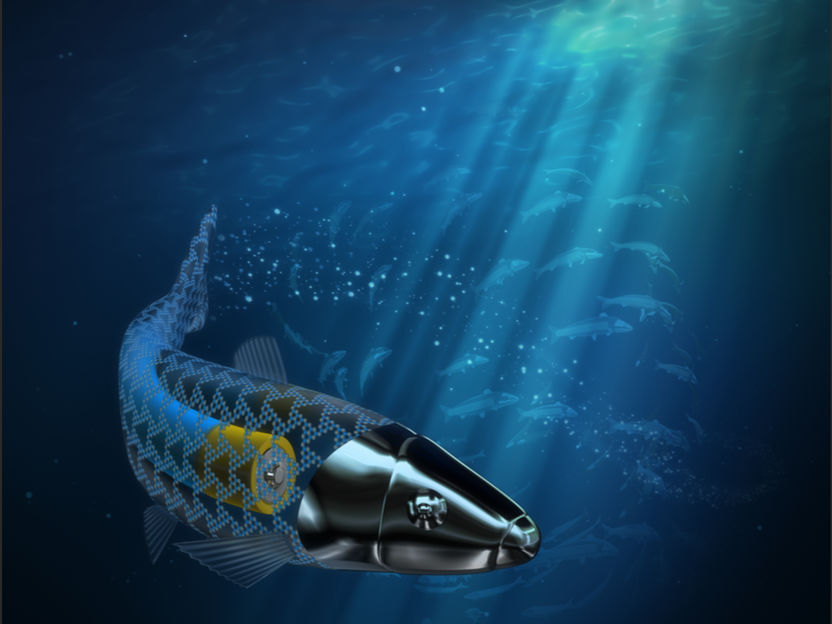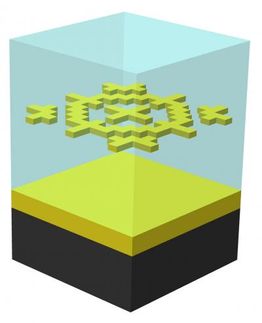Team develops new metamaterial device
Solid-state metamaterial device tames terahertz frequency
An engineered metamaterial proved it can function as a state-of-the-art device in the complex terahertz range of the electromagnetic spectrum, setting a standard of performance for modulating tiny waves of radiation, according to a team of researchers from Boston College, the Los Alamos and Sandia national laboratories, and Boston University.
An electrical current applied to the metamaterial – a hybrid structure of metallic split-ring resonators – controlled the phase of a terahertz (THz) beam 30 times faster and with far greater precision than a conventional optical device, the researchers report in the current online edition of the journal Nature Photonics .
The discovery marks a milestone in the use of metamaterials and terahertz radiation, a safe, non-ionizing frequency that is the subject of a growing body of research and viewed as a promising component in applications that include advanced security screening systems and imaging technologies.
"This is a true metamaterial device," Boston College Asst. Prof. of Physics Willie J. Padilla, one of the co-authors of the paper, said. "This highlights the fact that you can make solid state devices at terahertz frequencies with metamaterials."
Constructed on the micron-scale, metamaterials are composites that use unique metallic contours in order to produce responses to light waves, giving each metamaterial its own unique properties beyond the elements of the actual materials in use. Within the past decade, researchers have sought ways to significantly expand the range of material responses to waves of electromagnetic radiation – classified by increasing frequency as radio waves, microwaves, terahertz radiation, infrared radiation, visible light, ultraviolet radiation, X-rays and gamma rays. These metamaterials have demonstrated numerous novel effects that defy accepted electromagnetic principles.
Previously, in systems known as THz time domain spectrometers, the flow of terahertz radiation has been modulated indirectly by optical choppers, mechanical devices that either blocked a laser or allowed it to pass through. This "all or nothing" approach – similar to opening and closing the shutter of a camera – limits the speed with which one can manipulate terahertz waves since the chopper's mechanical components are too slow, Padilla says.
The metamaterial devised by the research team electronically controlled the flow of terahertz radiation over roughly 70 percent of the frequency band – not simply at the points of maximum or minimum frequency.
"We can apply an electronic signal to this device, thus making it opaque to stop terahertz, or transparent to allow terahertz through," Padilla said. "Eventually, you can turn it on and off very quickly – and that allows you to modulate the beam at a very specific frequency."
Because the metamaterial device is solid-state, eliminating moving parts, it is 30 times faster than the optical chopper, according to the report, co-authored by Hou-Tong Chen, Abul K. Azad and Antoinette J. Taylor of Los Alamos National Laboratory, Michael J. Cich of Sandia National Laboratories and Richard D. Averitt of Boston University.
"The advantage of the metamaterial is you are doing it electronically," Padilla said. "If you want to build a device, the advantage of this is that it is all solid-state and voltage controlled. You have no moving parts. Therefore, you can modulate at very high speeds."
These kinds of controls have been developed for microwave and optical frequencies and led to a number of key breakthroughs, the researchers note. But the technologies have not extended to the terahertz frequency. Padilla said a solid-state metamaterial device is a critical step toward improved terahertz devices, such as cameras or scanners.
"What we've shown with this metamaterial is that it is now improved to the point where it could be used as a device," Padilla said. "It could be the device you could use to build a terahertz system."
Most read news
Topics
Organizations
Other news from the department science
These products might interest you
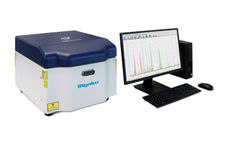
NEX CG II by Applied Rigaku Technologies
Elemental analysis at ppb level for exact results

ZEEnit by Analytik Jena
Zeeman Technology for Maximum Sensitivity – Matching any Analytical Problem
Transverse-heated graphite furnace for optimum atomization conditions and high sample throughput

SPECORD PLUS by Analytik Jena
SPECORD PLUS Series - Maximum precision in UV/Vis
The modern classic guarantees the highest quality

contrAA 800 by Analytik Jena
contrAA 800 Series – Atomic Absorption. Redefined
The best of classical atomic absorption and ICP-OES spectrometry are combined in the contrAA 800
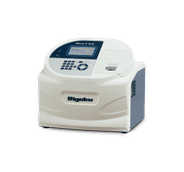
Micro-Z ULS by Rigaku
Accurately measure sulphur content in fuels: WDXRF analyser
Reliable routine analyses with 0.3 ppm detection limit and compact design

NANOPHOX CS by Sympatec
Particle size analysis in the nano range: Analyzing high concentrations with ease
Reliable results without time-consuming sample preparation
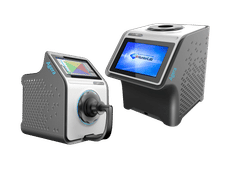
Agera by HunterLab Europe
Save Valuable Time: Color and Gloss Measurement in Record Time
Capture the Color Impression of the Sample Exactly as the Human Eye Perceives It
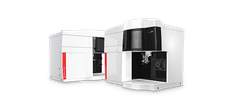
PlasmaQuant 9100 by Analytik Jena
PlasmaQuant 9100 Series of ICP-OES Instruments
Reveal the Details That Matter
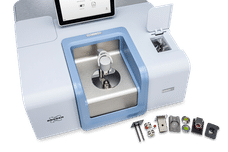
INVENIO by Bruker
FT-IR spectrometer of the future: INVENIO
Freely upgradeable and configurable FT-IR spectrometer
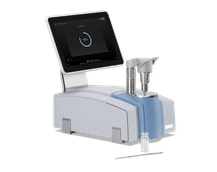
ALPHA II by Bruker
Chemical analysis made easy: compact FT-IR system
Increase the efficiency of your routine analyses with user-friendly technology
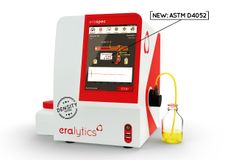
ERASPEC by eralytics
Spectral Fuel Analysis in Seconds with ERASPEC
Fast delivery of over 40 fuel parameters at the push of a button
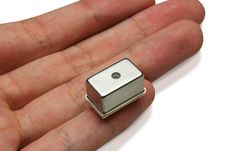
Microspectrometer by Hamamatsu Photonics
Ultra-compact microspectrometer for versatile applications
Precise Raman, UV/VIS and NIR measurements in portable devices

S2 PICOFOX by Bruker
Fast and precise trace element analysis on the move
TXRF technology for minimal samples and maximum efficiency
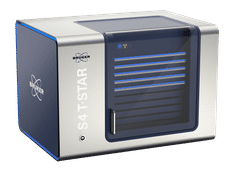
S4 T-STAR by Bruker
TXRF spectrometer: Sub-ppb detection limits & 24/7 analytics
Minimal operating costs because no gases, media or lab equipment are required
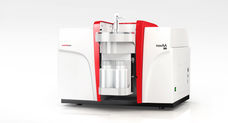
novAA® 800 by Analytik Jena
The Analyzer 4 You - novAA 800-Series
The reliable all-rounder, making routine analysis efficient and cost-effective

PlasmaQuant MS Elite by Analytik Jena
LC-ICP-MS Is the Key to the World of Elemental Species
Highest Sensitivity and Lowest Detection Limits with PlasmaQuant MS Series and PQ LC
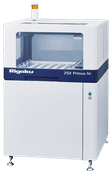
ZSX Primus IVi by Rigaku
High-precision WDXRF analysis for industrial applications
Maximum sensitivity and throughput for light elements and complex samples

2060 Raman Analyzer by Metrohm
Self-calibrating inline Raman spectrometer
Analyze solids, liquids and gases - for reproducible, accurate results in the process

BIOS ANALYTIQUE - Soluciones de Renting y Leasing para laboratorios by Bios Analytique
Specialists in the rental and leasing of scientific equipment for laboratories throughout Europe
Whether you have an unexpected requirement or limited budget, we have the perfect solution for you

SPECTRO ARCOS by SPECTRO Analytical Instruments
The inductively coupled plasma optical emission spectrometer (ICP-OES) for highest demands
The top-of-line SPECTRO ARCOS ICP-OES analyzer evolves elemental analysis to the next level

Get the chemical industry in your inbox
By submitting this form you agree that LUMITOS AG will send you the newsletter(s) selected above by email. Your data will not be passed on to third parties. Your data will be stored and processed in accordance with our data protection regulations. LUMITOS may contact you by email for the purpose of advertising or market and opinion surveys. You can revoke your consent at any time without giving reasons to LUMITOS AG, Ernst-Augustin-Str. 2, 12489 Berlin, Germany or by e-mail at revoke@lumitos.com with effect for the future. In addition, each email contains a link to unsubscribe from the corresponding newsletter.
Most read news
More news from our other portals
Last viewed contents
Bose–Einstein_condensate
Lipopolysaccharide
Category:Photonics
Potassium-argon_dating
Fibroblast_growth_factor
